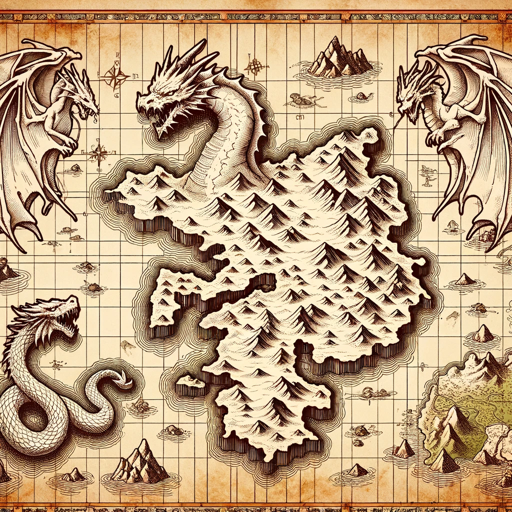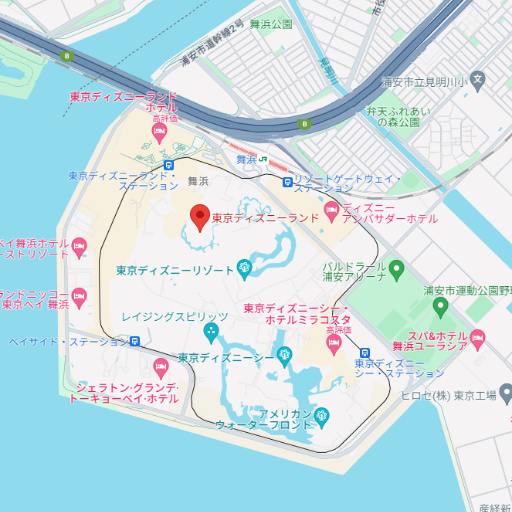Map-AI-powered assistance tool
AI-Powered Solutions for Every Task
Hello google maps!
Related Tools
Load More
EarthGPT - Maps, Satellite Images, Geography
Explore planet earth using maps and satellite images right within ChatGPT.

Map AI GPT: MixerBox ChatMap
Powered by Google Maps API, MixerBox ChatMap is the world's 1st AI GPT for Maps!

Game Map Cartographer
TTRPG Battle Map Illustrator

Mythical Map Maker
Crafts lore-rich descriptions and visual maps of fictional lands.

Map Maker
あなたの指定した地点や住所の周辺地図を描きます

Oracle Maps | RPG Battle Map Creator GPT
Rich instant tactical top down grid maps. Describe your RPG encounter setting in rich detail. Dimensions, surroundings, ground and objects. Just not the monsters or players.
20.0 / 5 (200 votes)
Introduction to Map
Map is a sophisticated tool designed to provide users with detailed geographic information and navigation assistance. It integrates various data sources, including satellite imagery, geographic information systems (GIS), and real-time traffic updates, to offer a comprehensive view of the world. Map's primary functions include route planning, location searching, and providing detailed information about points of interest. For instance, a traveler can use Map to plan the fastest route to their destination, considering current traffic conditions, while also identifying nearby amenities such as restaurants, gas stations, and hotels.

Main Functions of Map
Route Planning
Example
Map can calculate the fastest or shortest route between two locations, offering alternative routes based on current traffic conditions.
Scenario
A commuter uses Map to find the quickest way to work, avoiding traffic jams and road closures by selecting the optimal route from multiple options.
Location Search
Example
Users can search for specific addresses, businesses, or landmarks and get detailed information, including reviews, photos, and hours of operation.
Scenario
A tourist uses Map to find a popular museum in a new city, read reviews, view photos, and check the opening hours before planning their visit.
Real-Time Traffic Updates
Example
Map provides real-time updates on traffic conditions, including accidents, construction, and road closures.
Scenario
A delivery driver uses Map to get live traffic updates, ensuring they can adjust their route on the fly to avoid delays and deliver packages on time.
Ideal Users of Map Services
Travelers
Travelers benefit from Map by getting detailed route planning, discovering points of interest, and accessing real-time traffic updates. This helps them navigate unfamiliar areas efficiently and find local attractions and services.
Commuters
Commuters use Map to find the most efficient routes to work or home, avoid traffic jams, and receive real-time traffic updates. This helps them save time and reduce stress during daily travel.

Guidelines for Using Map
1
Visit aichatonline.org for a free trial without login, also no need for ChatGPT Plus.
2
Familiarize yourself with the user interface and available tools to maximize efficiency.
3
Identify the specific use case you need assistance with, such as data analysis or academic writing.
4
Input your queries or tasks into the interface, leveraging the AI capabilities to receive detailed responses.
5
Review and refine the provided information to suit your specific requirements, utilizing any additional features or tools as necessary.
Try other advanced and practical GPTs
Advance Java Backend Engineer
Streamline Java backend development with AI

Tarot
AI-powered Tarot insights for clarity.

Logo Creation Assistant
AI-powered branding made easy.

Email - Improve the style
Refine your emails with AI-powered style improvements.

Agent Orchestrator
AI-Powered Solutions, Tailored for You

Azeroth Guru
AI-Powered Insights at Your Fingertips

Stakeholder Map Maker
AI-powered tool for creating dynamic stakeholder maps

Fantasy World Map Generator
AI-powered fantasy map creation.

WEB3 Coder
AI-Powered Blockchain Development Tool
Rewriter
AI-powered rewriter for clearer, richer text

Rewriter
AI-Driven Rewriting for Better Content

Rewriter
AI-powered text enhancement tool.

- Content Creation
- Data Analysis
- Project Planning
- Research Support
- Study Aid
Q&A about Map
What is Map?
Map is an AI-powered tool designed to assist with a wide range of tasks, from academic writing to data analysis, providing detailed and accurate information to users.
How can Map assist with academic writing?
Map can help with generating ideas, structuring essays, providing research support, and even editing and proofreading to enhance the quality of academic papers.
Can Map be used for data analysis?
Yes, Map is capable of performing data analysis, including data visualization, statistical analysis, and providing insights based on the input data.
Is there any cost associated with using Map?
Map offers a free trial without the need for login or subscription to ChatGPT Plus, making it accessible to all users.
What are some tips for optimizing the use of Map?
To optimize your experience with Map, clearly define your queries, make use of the various tools and features, and iteratively refine the output to meet your specific needs.